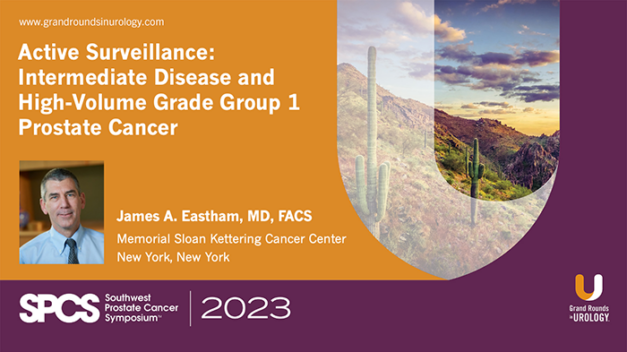Year in Review: Emerging Data and Advances in Prostate Cancer Screening
Sigrid V. Carlsson, MD, PhD, MPH, presents an overview of advances and emerging trends in prostate cancer screening in 2023. Dr. Carlson begins by presenting data supporting the continued use of routine PSA tests for prostate cancer screening, while highlighting the need for more granular risk stratification based on individual PSA baselines to bridge existing mortality gaps based on individual PSA baselines.
Dr. Carlsson then examines current trends in using genetics for biopsy risk stratification. She presents evidence that the polygenic risk scores which predict prostate cancer incidence are not useful in predicting mortality. She then discusses the role of biomarkers, risk calculators, and MRI-based screening techniques that are available pre-biopsy.
Turning to emerging data, Dr. Carlsson concludes by presenting a selection of national and international ongoing efforts to develop risk-stratified algorithms for early prostate cancer detection. She touches on the European Union’s “Praise U” initiative, Germany’s “PROBASE” trial, the Stockholm 3 trial, and the ProScreen study.
Read More



